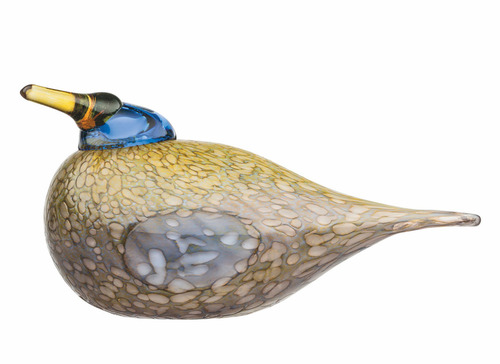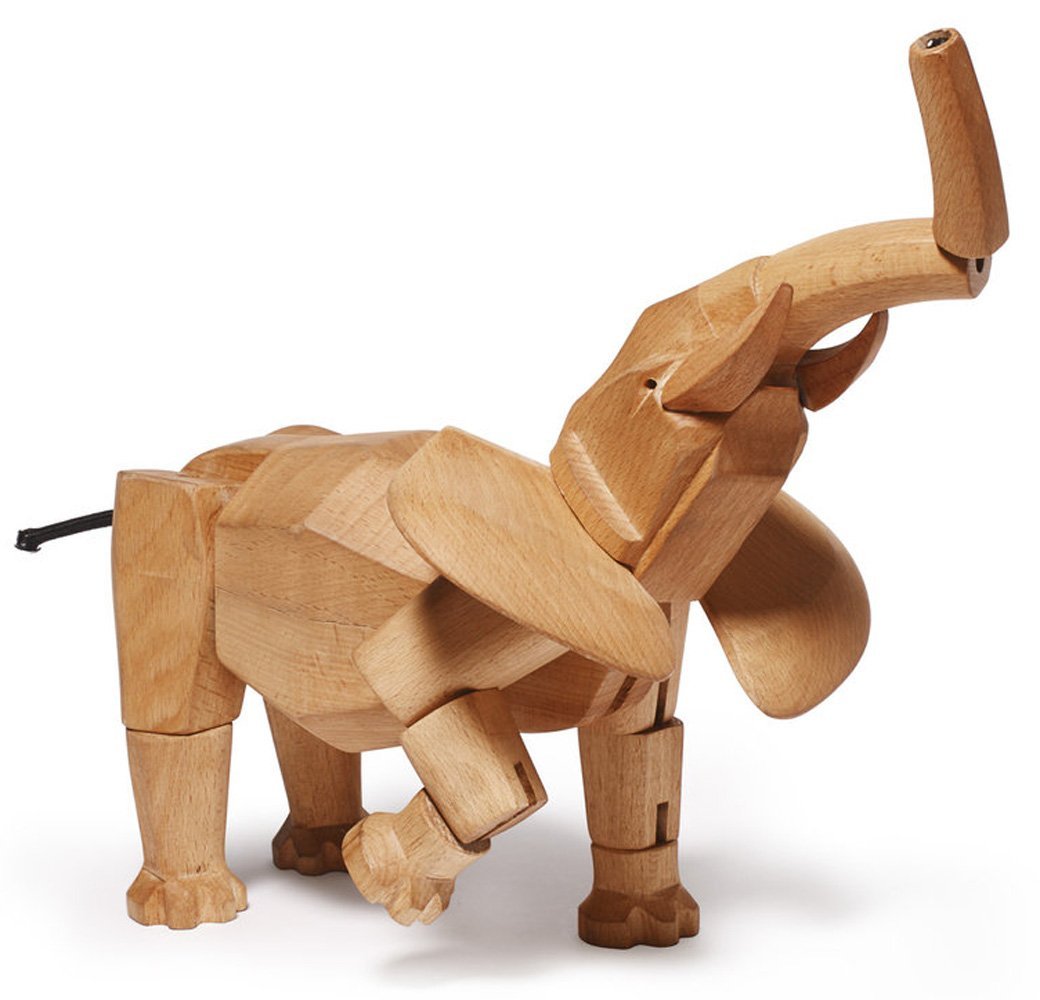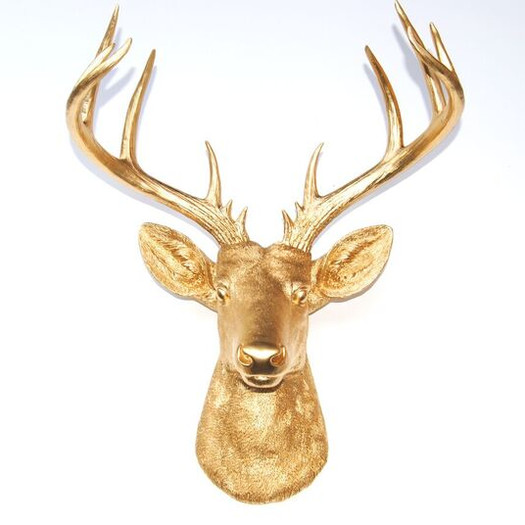THE ANT EXPLORER
"Once a little sugar ant made his mind to roam - To fare away to far away, far away home. He had eaten all his breakfast, and he had his ma's consent, to see what he should chance to see and here's the way he went. Up and down a fern frond, round and round a stone. Down a gloomy gully where he loathed to be alone. Up a mighty mountain range, seven inches high, through the fearful forest grass that nearly hid the sky. Out along a bracken bridge, bending in the moss, till he reached a dreadful desert that was feet and feet across.
Twas a dry, deserted and trackless land to tread, he wished that he was home again and tucked-up tight in bed. His little legs were wobbly, his strength was nearly spent, and s he turned around again and here's the way it went. Back away from desert lands feet and feet across, back among the bracken bridge bending in the moss. Through the fearful forest grass shuttling out the sky, up a mighty mountain range seven inches high. Down a gloomy gully, where he loathed to be alone. Up and down a fern frond and round and round a stone. A dreary ant, a weary ant, resolved no more to roam, he staggered up the garden path and popped back home." - Clarence M.J. Stanislaus Dennis













